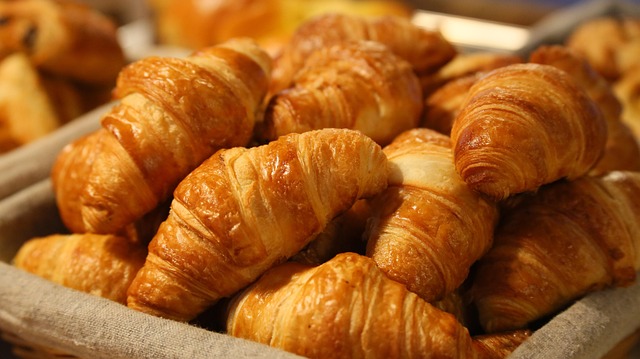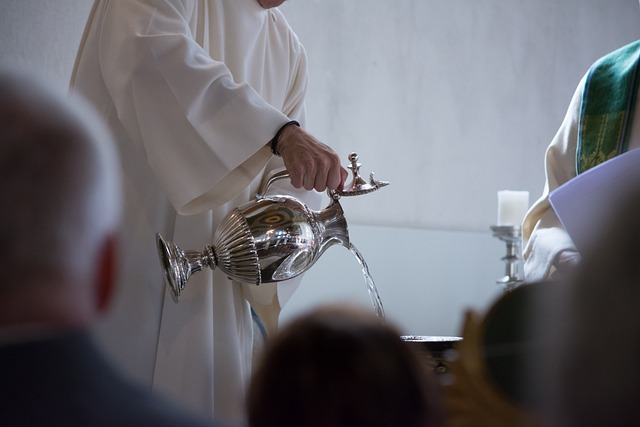When we think of rituals, the mind often drifts towards solemn ceremonies and sacred rites. Yet, nestled within these traditions are elements that elevate the soul and nourish the senses, particularly the art of pastry. Throughout cultures, religious ceremonies often intertwine with culinary delights, creating a unique blend of sacred and sensory experiences. The humble pastry, often crafted with love and devotion, becomes a vessel for spiritual expression.
In various religions, pastry holds a place of honor. For instance, in Christianity, the preparation of bread and pastries is deeply symbolic. The Eucharistic bread, commonly known as the host, is perhaps the most famous example, representing the body of Christ. However, there are many other baked goods that grace the altars and tables during feast days. Special pastries made for religious celebrations, such as Easter bread adorned with symbols of renewal, serve as a reminder of the cycles of life and faith.
Similarly, in the Jewish tradition, pastries play a significant role, especially during festive occasions. The iconic challah, a braided bread enjoyed during Shabbat, symbolizes unity and togetherness. During holidays like Hanukkah, sweet delicacies such as sufganiyot (jelly-filled doughnuts) become not only a treat but also a symbol of the miracles celebrated by the Jewish people. Each bite is a reminder of heritage and a connection to the divine through the act of sharing food.
In Eastern spiritual practices, pastries also emerge as offerings, delicate and often meticulously crafted. Pastry can embody a sense of devotion, with ingredients and shapes carefully chosen to symbolize various aspects of faith and spirituality. In Hinduism, sweets and pastries are offered to deities during pujas (prayer rituals). Treats like modaks and laddu not only delight devotees’ palates but also serve as tokens of gratitude and reverence to divine beings.
Outside of these established religious ceremonies, many multicultural festivals celebrate pastry as a form of ritual expression. The vibrant colors and rich flavors of pastries in Islamic traditions highlight special occasions like Ramadan and Eid. The act of gathering to break fast with sweet treats fosters a sense of community and spiritual closeness. It illustrates how sharing food can be deeply rooted in faith and celebration.
The role of pastry in these religious contexts goes beyond mere indulgence. It invites us to consider how the act of preparation and sharing can bring people together in moments of sacredness. From kneading dough to presenting a perfectly baked creation, each step is imbued with intention. This fusion of culinary practice and spirituality invites practitioners and participants alike to connect with something greater than themselves.
As we explore the sacred rituals surrounding pastry in various religions, we are invited to digest more than just flavor. Each pastry carries with it a story, a tradition, and a connection to the divine. Through the lens of ritual, the act of enjoying pastry transforms from a simple delight into a profound spiritual experience that resonates with the essence of humanity.



